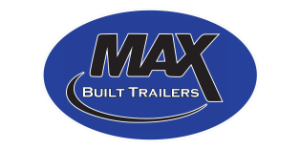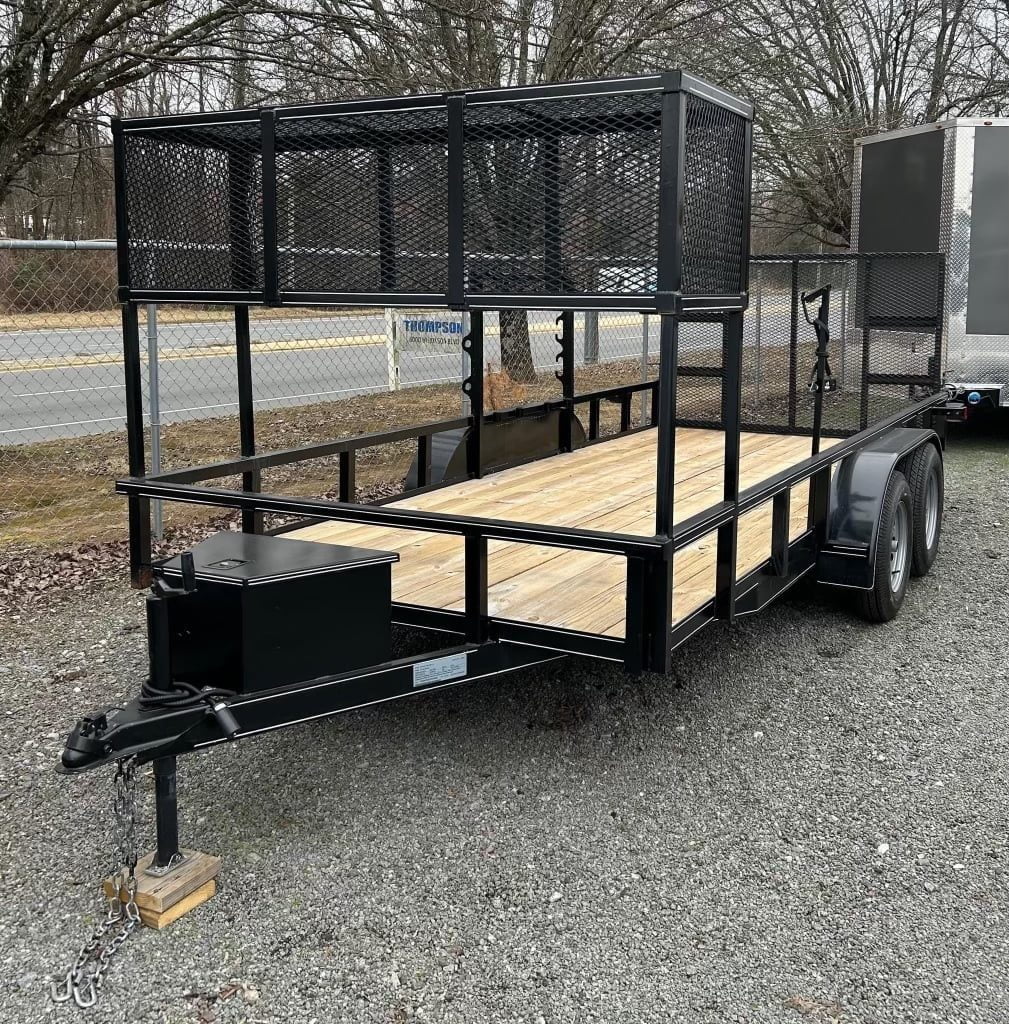Transporting landscaping equipment efficiently and safely requires careful consideration of various factors, including the type of trailer used. In this comprehensive guide, we’ll delve into the specifics of different trailer options, their features, and considerations to help you make an informed decision that meets your landscaping equipment transportation needs.
Understanding Your Equipment Requirements:
Before diving into trailer options, it’s essential to assess your landscaping equipment needs thoroughly. Consider the following factors:
- Equipment Type and Size:
- Identify the types of landscaping equipment you’ll be transporting, such as excavators, mowers, backhoe loaders, skid steer loaders, track loaders, compact tractors, bulldozers and more.
- Measure the dimensions and weight of each piece of equipment to determine the space and weight capacity required for transportation.
- Quantity of Equipment:
- Determine the number of pieces of equipment you need to transport simultaneously. This will help determine the size and capacity of the trailer needed to accommodate your equipment load.
- Special Requirements:
- Consider any special requirements or features needed for transporting specific types of equipment, such as ramps for loading and unloading heavy machinery or secure storage compartments for smaller tools and accessories.
Types of Trailers and Their Features:
- Equipment Trailers:
- Designed for hauling heavy loads and large machinery, equipment trailers offer robust construction and ample deck space.
- Available in various lengths ranging from 8 feet to 30 feet or more, with weight capacities suitable for different equipment sizes and quantities.
- Features may include ramps, tie-down points, stake pockets, and optional accessories like toolboxes or spare tire mounts.
- Utility Trailers:
- Versatile options for transporting a wide range of landscaping equipment, materials, and supplies.
- Available in lengths ranging from 8 to 16 feet, with customizable features such as side racks, tool racks, or built-in storage compartments.
- Offer flexibility for hauling different types of equipment, from small hand tools to larger machinery like riding mowers or compact tractors.
- Enclosed Trailers:
- Provide a secure and weatherproof environment for transporting valuable equipment and tools, protecting them from theft, vandalism, and the elements.
- Available in various lengths ranging from 6 to 24 feet or more, with customizable features such as interior shelving, tie-down tracks, and side access doors.
- Ideal for transporting sensitive equipment or materials that require protection from moisture, dust, or other environmental factors.
Key Considerations When Choosing a Trailer:
- Size and Capacity:
- Select a trailer size and weight capacity that comfortably accommodates your equipment load, allowing for adequate space and weight distribution.
- Consider future equipment acquisitions and growth when determining trailer size to ensure scalability and flexibility.
- Customization Options:
- Explore customization options offered by trailer manufacturers or aftermarket suppliers to tailor the trailer to your specific needs.
- Consider features such as built-in toolboxes, shelves, partitions, or specialized storage compartments for organizing equipment and accessories efficiently.
- Ease of Use and Convenience:
- Choose trailers with user-friendly features that simplify loading, unloading, and access to equipment.
- Look for options like hydraulic or fold-down ramps, removable sides, and rear-loading capabilities to accommodate different types of equipment and loading scenarios.
- Safety and Security:
- Prioritize trailers with sturdy construction, reliable braking systems, and safety features such as reflective tape, safety chains, and wheel chocks.
- Consider additional security measures such as locking mechanisms, hitch locks, and GPS tracking systems to deter theft and enhance asset security during transport.
Conclusion:
Selecting the right trailer for transporting your landscaping equipment is a critical decision that requires careful consideration of your specific needs, equipment requirements, and operational preferences. By understanding the different types of trailers available, their features, and key considerations when choosing a trailer, you can make an informed decision that enhances safety, efficiency, and productivity in your landscaping operations. Our trailer sales team has decades of experience manufacturing and selling trailers across a variety of use cases and verticals. Give us a call at one of our four trailer dealerships in Georgia, Tennessee, and North Carolina.





